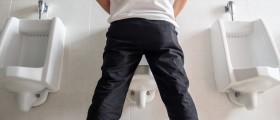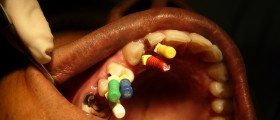
Intructions for a Painless Exam
The patient needs to be positioned at the edge of the table. The feet need to be placed in the stirrups while the knees need to be in a relaxed, bent position, slightly moved out to the side. In order to make the exam more comfortable, the patient needs to be down enough. The stirrups must be padded properly with any type of soft material so that they do not dig into the patient’s feet.
The vagina, vulva and the cervix need to be inspected with a bright light, by looking over it. The labia need to be separated and examined in order to determine if there are any lesions, swelling or redness present. The pubic hair also needs to be checked for nits or pubic lice. Magnification can come in handy during the examination of the vulva.
Venereal warts may be present on the labia as well. It is very important to check the skin folds and the clitoral hood for any ulcerative lesions since they may be an indication of certain types of herpes infections. The hymen or its remnants need to be checked for redness since it characterizes the condition medically referred to as vulvar vestibulitis.
The urethra and the periurethral glands need to be checked next and if there is any discharge present then it means that the patient may be having Chlamydia or even gonorrhea. Labia majora needs to be palpated for masses. Speculum needs to be warmed before insertion in a rotational manner, and it is important not to catch the labia during the insertion.
Bimanual exam of the pelvis should complete the exam. If a patient does not suffer from any problems the exam should bring certain results such as a clean vagina that has no discharge or lesions; bladder and urethra should not be tender, cervix should be smooth, without any lesions and its motion should not be painful; uterus should be characterized by a normal contour, shape and size and it should not be tender while the ovaries and tubes should not be tender or enlarged either.
Pelvic Anatomy Video
The bimanual exam of the pelvis involves the two fingers that provide more control and may penetrate deeper, but it is recommended to use just one finger because that makes the exam much more comfortable for the patient. Applying pressure against the urethra will indicate if any type of urethritis is present. Applying pressure against the bladders provides eventual evidence of endometriosis or cystitis. Sometimes a rectovaginal exam needs to be done.

















Your thoughts on this
Loading...